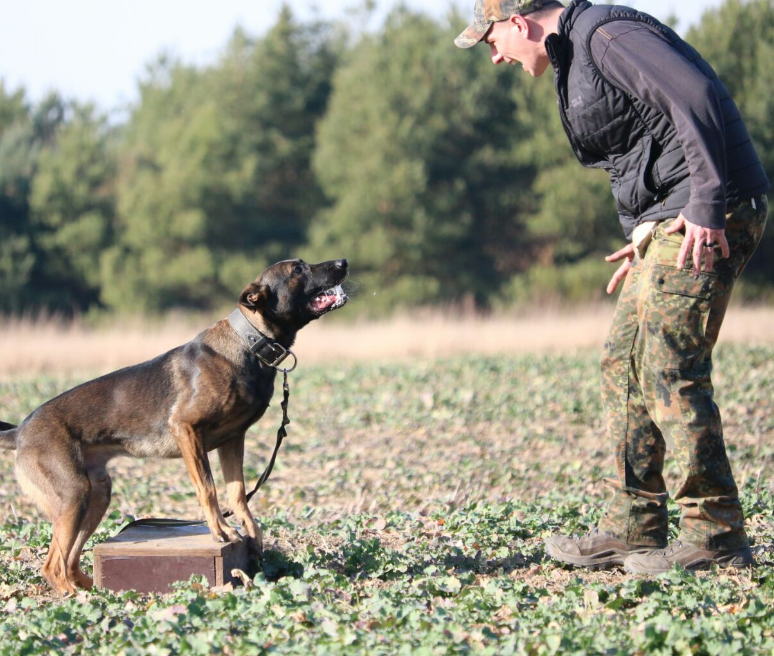
Introduction:
Dogs have long been considered man’s best friend, and it’s no wonder why. Their loyalty, companionship, and unconditional love make them cherished members of our families. However, as wonderful as they are, dogs can sometimes exhibit challenging behaviors that can lead to frustration and confusion for their owners. That’s where understanding dog behavior becomes crucial. By gaining insights into their behavior patterns, motivations, and instincts, we can unlock the secrets to successful dog training. In this blog, we will delve into the fascinating world of dog behavior and explore how it can pave the way to a harmonious relationship between humans and their furry friends.
The Basics of Dog Behaviour:
Before embarking on any training journey, it’s essential to grasp the fundamentals of dog behavior. We’ll explore the different types of behaviors displayed by dogs, including instinctual, learned, and social behaviors. By understanding how these behaviors interact and influence one another, we can develop a solid foundation for effective training.
Canine Communication:
Dogs have their own unique language, and understanding their non-verbal cues and signals is crucial for successful communication. We’ll decode the various ways dogs express themselves, such as body language, facial expressions, vocalizations, and tail wagging. Learning to interpret these signals will enable us to better understand our dogs’ emotional states and respond appropriately.
The Role of Socialization:
Socialization plays a vital role in shaping a dog’s behavior. Early exposure to different environments, people, and animals can help prevent fear, aggression, and other undesirable behaviors later in life. We’ll discuss the importance of proper socialization techniques and provide tips on how to socialize your dog effectively.
Instinctual Behaviors:
Dogs have inherited behaviors that are deeply rooted in their ancestry. From hunting instincts to pack dynamics, we’ll explore common instinctual behaviors and how they manifest in our modern-day pets. Understanding these innate drives will help us work with our dogs’ natural instincts instead of against them.
The Power of Positive Reinforcement:
Positive reinforcement training techniques have proven to be highly effective in modifying behavior and building strong bonds with our dogs. We’ll delve into the principles of positive reinforcement, highlighting the benefits and providing practical examples. By rewarding desired behaviors, we can shape our dogs’ conduct in a humane and compassionate manner.
Common Behavioral Issues:
Many dog owners face specific behavioral challenges, such as separation anxiety, excessive barking, leash pulling, or aggression. In this section, we’ll explore these common issues and discuss possible causes, prevention strategies, and training techniques to address them effectively. Understanding the underlying reasons behind these behaviors will empower us to tackle them head-on.
Conclusion:
Understanding dog behavior is the cornerstone of successful training. By gaining insights into their instincts, communication methods, and socialization needs, we can forge a strong bond with our four-legged companions. Armed with this knowledge, we can approach training with empathy, patience, and a clear understanding of our dogs’ unique personalities. Remember, training is not just about obedience; it’s about nurturing a lifelong partnership built on trust and mutual understanding. So, let’s delve into the fascinating world of dog behavior and embark on a rewarding journey of companionship and training.


